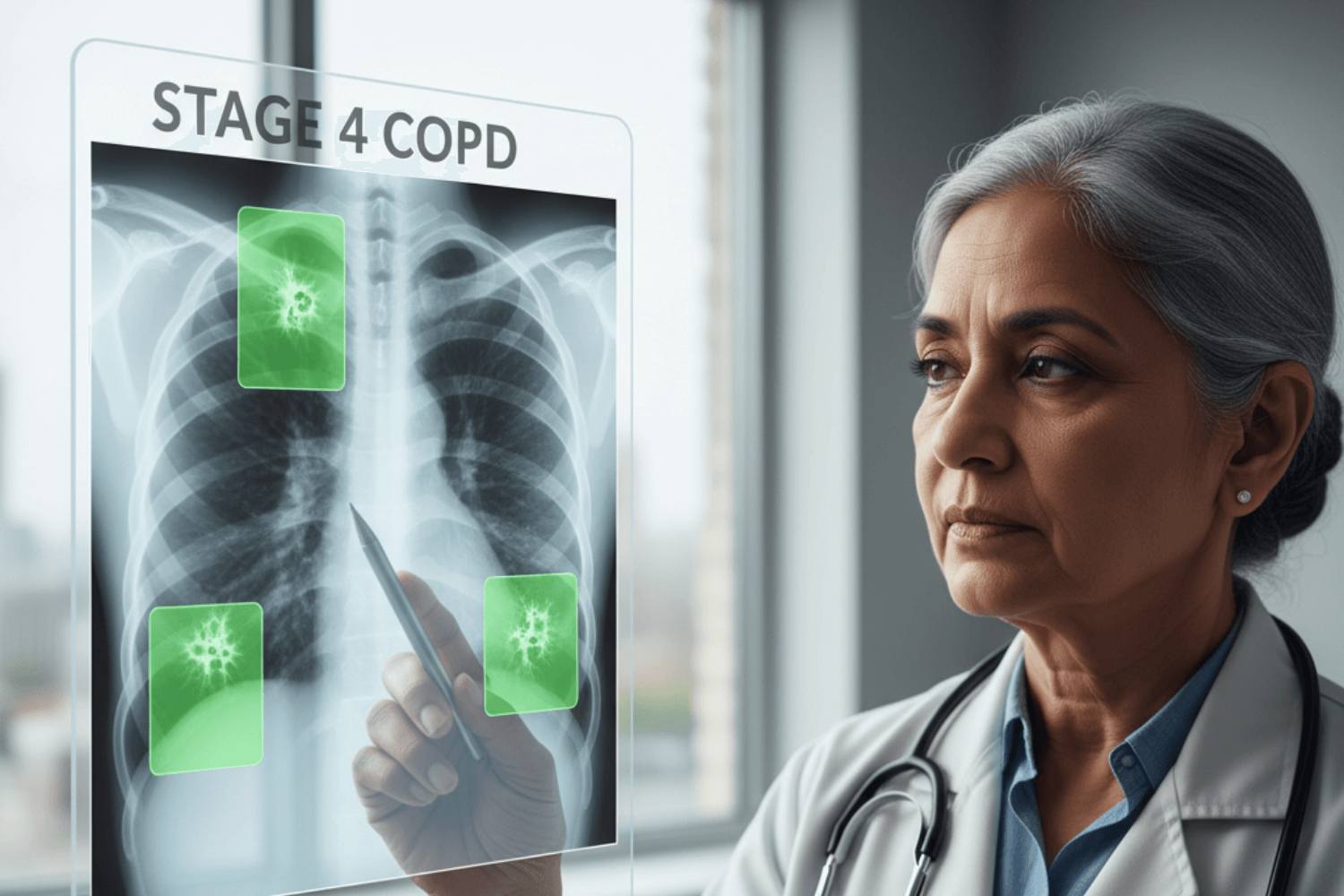
Heart attacks are amongst the most common cardiac event experienced in the modern world. According to experts, an estimated 805,000 people have a heart attack each year.
Heart attacks are acute cardiac events that tend to come from an accumulation of cardiovascular malfunctions and compounding cardiac conditions. These malfunctions and conditions are often jointly referred to as heart disease.
Taking your health into your own hands and striving for a healthier life is important, as is learning to do so in a safe and effective manner. Let’s discuss what recovery can look like after a heart attack and how to exercise safely to support recovery.
How Long Does It Take the Heart To Recover After a Heart Attack?
Many people view a heart attack as a single condition, but the reality is that there is an immense level of variation between heart attacks.
A heart attack, also referred to as a myocardial infarction, occurs when the major artery that supplies the heart tissue with oxygenated blood becomes obstructed. The reduced supply of oxygenated blood prevents the heart tissue from getting enough oxygen to work effectively.
Both the long-term and short-term effects of a heart attack can vary depending on the person, the degree of coronary artery blockage, and how long the cardiac tissue went without oxygen.
An individual who experiences a minor heart attack with minimal heart tissue obstruction can recover relatively quickly with a coronary artery stent procedure. In contrast, an individual with a heart attack that leads to prolonged obstruction may have a much longer road to recovery.
The best way to get an idea of what your recovery will look like is to talk with your cardiologist or healthcare provider. They’ll likely have more insight into your specific heart attack, how it impacted your body, any underlying heart conditions, and what post-heart attack recovery will look like for you.
How Soon Can You Exercise After a Heart Attack?
A heart attack can be quite a wake-up call for some people, and committing to a more heart-healthy lifestyle can be extremely helpful in reducing the chances of a second heart attack. One of the most important elements of a heart-healthy lifestyle is exercise.
Physical exercise, specifically aerobic exercise, can help to foster a healthier cardiovascular system — but it is not for everyone. If you had a surgical intervention during your heart attack, you might need to wait until the intervention site has healed before engaging in regular exercise.
It’s always best to start a new exercise routine under the care of a cardiologist. They can let you know when it’s okay for you to start exercising based on interventions, the severity of your heart attack, and your current cardiovascular fitness level.
How Can You Safely Exercise After a Heart Attack?
Exercising after a heart attack may seem daunting and scary. However, when done safely and in a controlled setting, exercise can even make your cardiovascular system more resilient and reduce the risk of future cardiac events.
Physical activity can have many added benefits aside from improving your cardiac health.
These can include:
- Improvements in strength
- Improved mobility
- Improved flexibility
- Decreased chances of injury
- Improved stress management
Below is a closer look at some tips on how you can safely exercise after a heart attack with your healthcare provider’s approval.
Ease Into Things
It’s important to take time to rest after a heart attack, only engaging in small amounts of exercise as recommended by a cardiologist. Many people undergo an angioplasty and stent placement following a heart attack.
These procedures tend to be minimally invasive, but they still require adequate recovery time.
When you are exercising to improve your cardiovascular fitness, it is important to aim for slow growth rather than fast-paced results. The physiological processes that led to your heart attack likely accrued over many years, and it will take time and effort to get your cardiovascular system where it once was.
Starting off slow and easing into things is imperative.
Start With a Gentle Walk
Starting a full-on exercise regimen can be daunting. Getting started can be as easy as incorporating a leisurely walk into your daily routine. It might come as a surprise that walking is indeed considered exercise, but the reality is that walking is a widely accessible form of activity that people of nearly all fitness levels and experience can do with relative ease.
Incorporating walks into your daily routine can be a gentle and easy way to start making physical activity a habit in your daily life.
Avoid High-Intensity Exercises at First
As stated previously, it is important that you don’t do too much too soon. High-intensity exercise is a popular form of aerobic exercise, but it also isn’t designed with consideration for those with cardiac conditions or who have recently experienced a heart attack.
As you progress through your exercise, you may be able to increase the intensity. However, in the beginning, you should limit yourself to low or moderate-intensity exercises. This can give your heart and cardiovascular system time to recover and adapt to more high-intensity exercises.
Know Your Limits
Exercising for your heart health is undeniably a good thing, but it is vital to always know your limits and stay well within them.
Make sure you keep your heart rate within a healthy range established by your cardiologist or exercise physiologist, understand your physical limitations to avoid injury, and understand your fitness level.
Make Sure To Warm Up and Cool Down
A heart that is in optimal health is able to adapt to the needs of the body quickly, but those with cardiovascular disease or poor cardiovascular health tend to have a heart that is slower to react.
A metric referred to as heart rate variability is often used to measure a heart’s ability to respond to the needs of the body. A low HRV tends to be associated with poor cardiovascular health.
Because the heart is slower to react, easing into workouts through a warm-up and tapering off during a cool-down can be beneficial. Warm-ups and cool-downs can help the heart adapt to exercise and reduce the risk of injury, and they’re also relatively easy to implement.

Know the Warning Signs
Exercising after a heart attack can support your overall heart health, but it is also important to realize that when you exercise, you are placing strain on your heart and cardiovascular system.
This strain can be therapeutic and can even improve vasculature and heart health, but in some instances, this strain can lead to heart issues. It’s imperative to know the warning signs of a cardiac event.
Some of the most common warning signs of a heart under distress include:
- Angina (also known as chest pain)
- Shortness of breath
- Irregular blood pressure
- Lightheadedness
- Heart palpitations.
Consult Your Doctor
Many cardiologists and primary care doctors encourage patients that may benefit from exercise to enroll in a cardiac rehabilitation program.
A cardiac rehab program is a program that aims to instill positive lifestyle modifications in patients through a combination of health education, nutritional guidance, stress management, and personalized monitored exercise. All of these pillars can help to facilitate better cardiovascular health and quality of life, and can even help in the recovery of cardiac conditions.
Cardiac rehab has undeniable clinical benefits in reducing the risk of recurrent heart attacks and encouraging general improvements in the quality of life. It’s amongst the safest and most effective ways of incorporating heart-healthy habits like exercise.
If your doctor believes you can exercise following a heart attack, consider enrolling in a supervised cardiac rehab program.
Carda Health is a virtual cardiac rehab provider that is dedicated to providing quality cardiac rehab to those who need it from the comfort of their own homes.
Utilizing a range of remote monitoring equipment, exercise physiologists can create tailored exercise programs and monitor patients in real-time to ensure that their vitals remain within a healthy yet therapeutic range.
The Bottom Line
Experiencing a heart attack can be frightening, and avoiding future heart attacks through living a heart-healthy lifestyle is one of the best things you can do.
Exercise is something that is often encouraged after a heart attack, and enrolling in a cardiac rehab program could provide you with resources, guidance, and monitoring to help you take charge of your health and improve your cardiovascular health.
Sources:
Heart Rate Variability (HRV): What It Is and How You Can Track It | Cleveland Clinic







